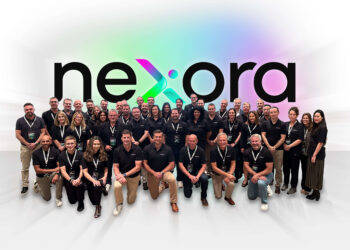“We have typically seen double that amount of time saved”

Jodie Rodgers, Chief AI Officer, Transparity
We absolutely welcome the study, it’s amazing to see a trial involving 20,000 employees publicly reported on and it’s brilliant to see the measurable impact within just three months. Saving civil servants an average of 26 minutes per day on admin tasks, that’s the equivalent of 13 working days per year!
In the client projects we have been involved in, we have typically seen double that amount of time saved (on average 4hrs per week).
Their study mentions that change management activities were completed in the month of October. To truly unlock the potential of Microsoft 365 Copilot, we see that organisations need to invest in workforce development as a continuous programme – it’s not just one and done. Behavioural change is essential to make Copilot a daily habit, not just an occasional shortcut and you need to invest in building both the digital and AI literacy of your workforce to really see those sustainable productivity and efficiency benefits.
Looking at their adoption metrics, it appears they could have invested more time into enabling employees. We see ‘day in the life’ persona training as essential for employees to really understand how they can take full advantage of AI at work, and this often teases out use-cases where agents would add substantial value too.
Based on their feedback regarding an inconsistent user experience and lack of centralised management, it sounds like they could have also benefited from taking a champions’ network approach too. We have seen that to reach this level of scale, whilst also taking a consistent and measurable approach, you need to recruit and onboard champions who will become ambassadors for their departments; capturing feedback, remediating issues and also supporting with upskilling and communication of the growing functionality which they report they also struggled with.
Before they launch their next phase and look at the evolution of this trial, it sounds like they could benefit from taking a step back and looking at a Centre of Excellence approach to remediate many of the familiar challenges they reported which are easily solved.
On a more positive note, I hope this study gives organisations the confidence boost to just get started rather than getting stuck in analysis paralysis. This report is a clear signal that real, measurable value is there to be gained but just remember that the technology alone isn’t enough. The key is clear, relevant use-cases. When people see how these tools fit into their roles, the more likely they are to embrace them.
Article continues on following page…


















